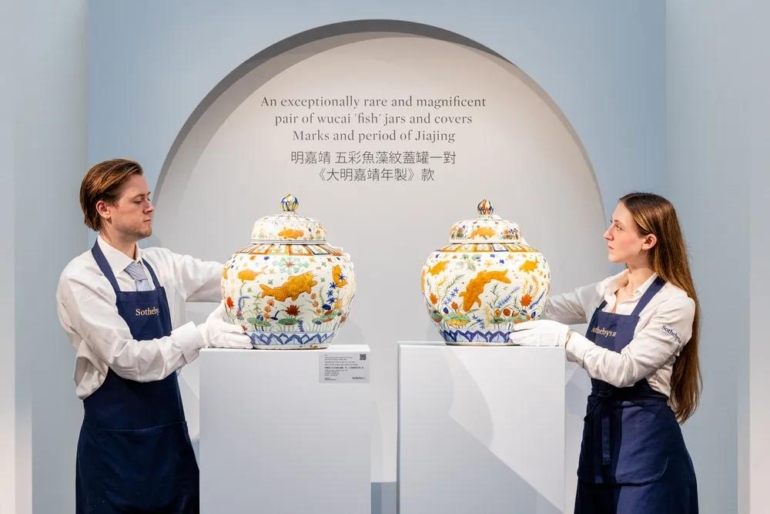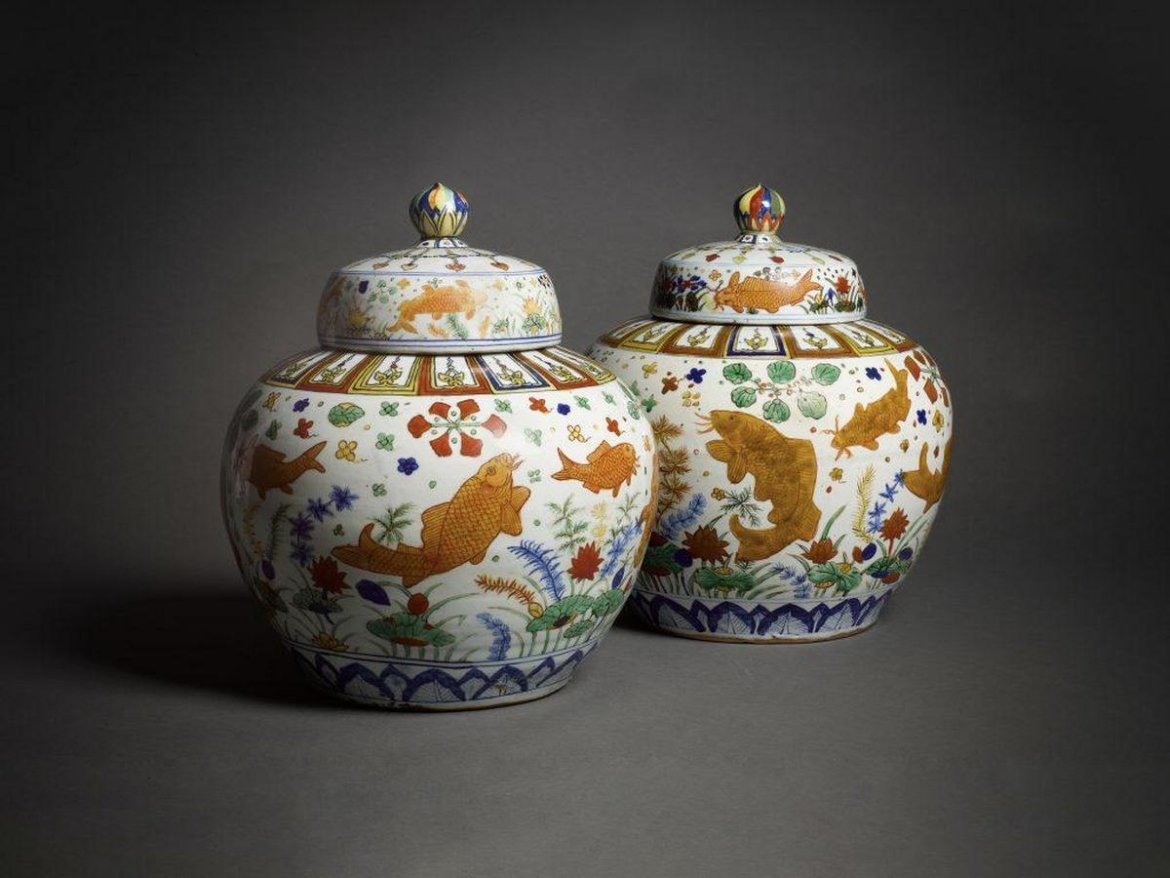The Ming Dynasty ended nearly 400 years ago, yet the charm of an era that significantly contributed to Chinese culture, governance, and global trade lives on. Works from this period, from literature and painting to Ming porcelain, still command millions, with the latest example being a pair of rare Ming Dynasty jars that sold for $12.5 million on Wednesday at a Sotheby’s auction in London.

Sotheby’s described these exceptional “fish jars”, as creations from the reign of the Jiajing Emperor in Imperial China. Decorated with orange fish, a symbol of wealth believed to bring good fortune, these jars attracted a fierce bidding war. Ten determined collectors drove the price far beyond the initial $1 million estimate, with the jars ultimately going to a private Asian collector.

This rare 16th-century pair became the highest-priced Chinese artwork sold at auction worldwide this year. Previously, the jars were part of a German family’s collection for over a century. They were removed to safety along with the family’s art collection during World War II, before the family home in Wiesbaden was destroyed, Sotheby’s shared. Only one other pair similar to this is known to exist, currently held in the Musée Guimet in Paris.

“From the moment our catalog was published, the response from collectors to this gem of a pair of ‘fish jars’ was swift and enthusiastic,” said Henry Howard-Sneyd, Sotheby’s chairman of Asian Art in Europe and the Americas, to ARTnews. “Their reappearance after a century offered a unique opportunity, given their rarity. That excitement culminated in a tremendous buzz in the saleroom, and it was a thrill to preside over the auction and field bids from around the world.”
[All images – Sotheby’s]

